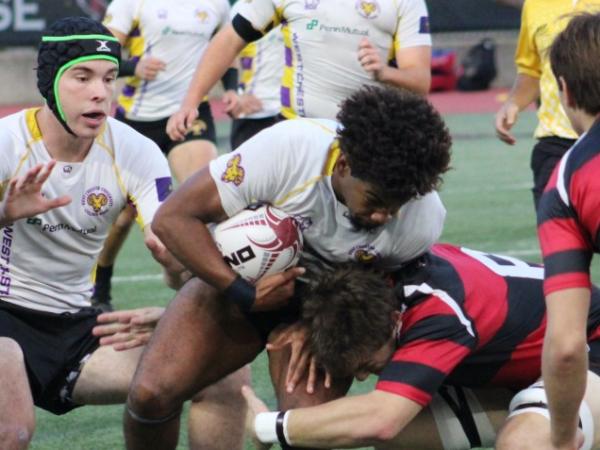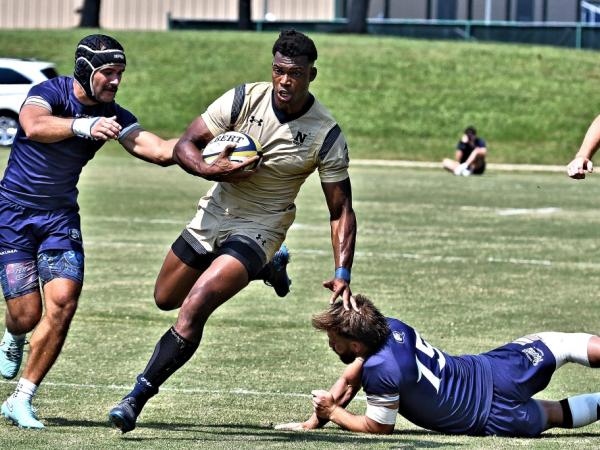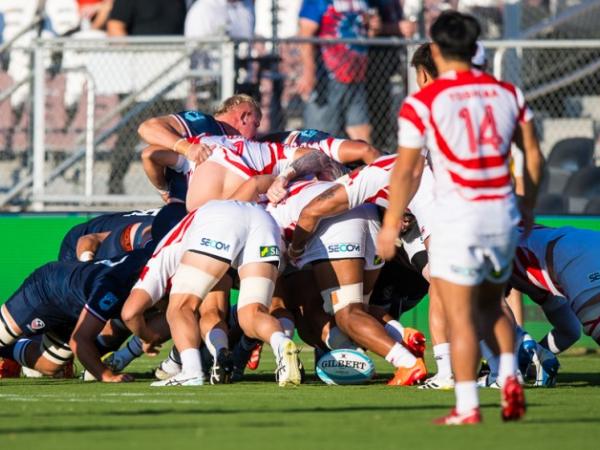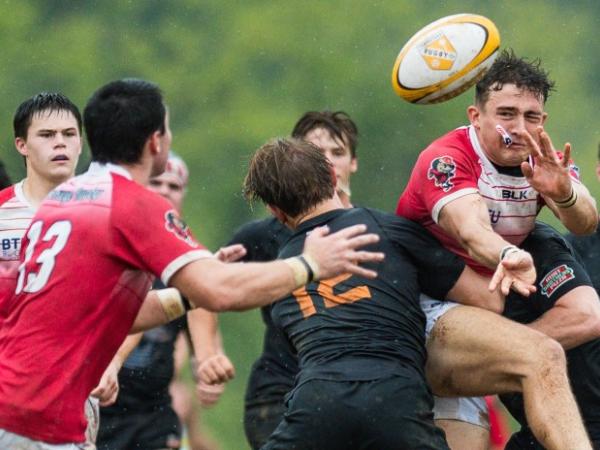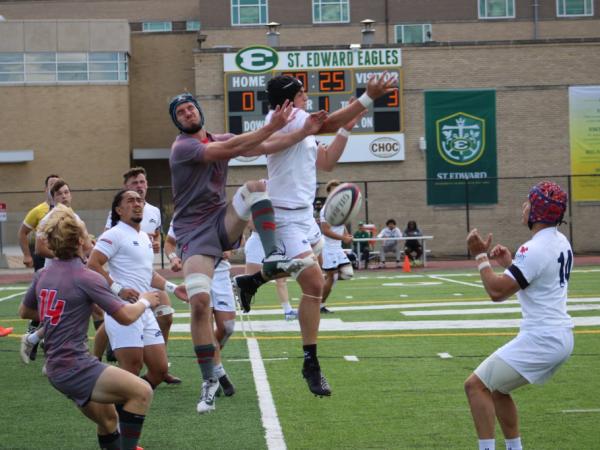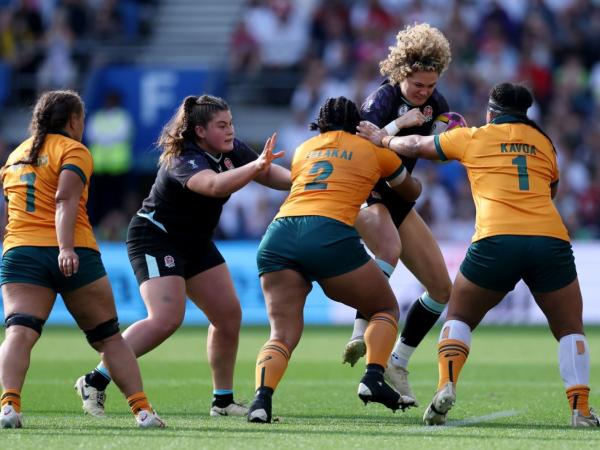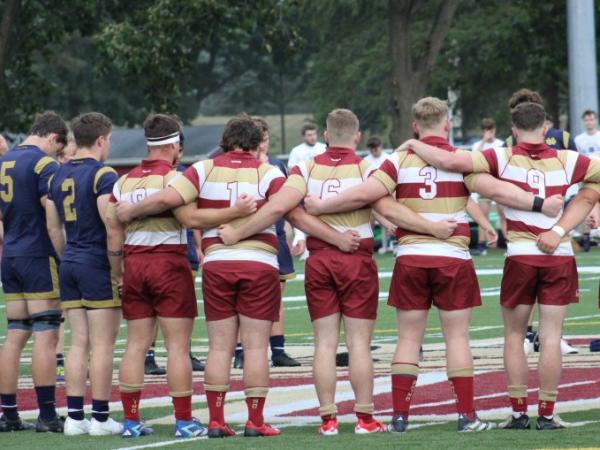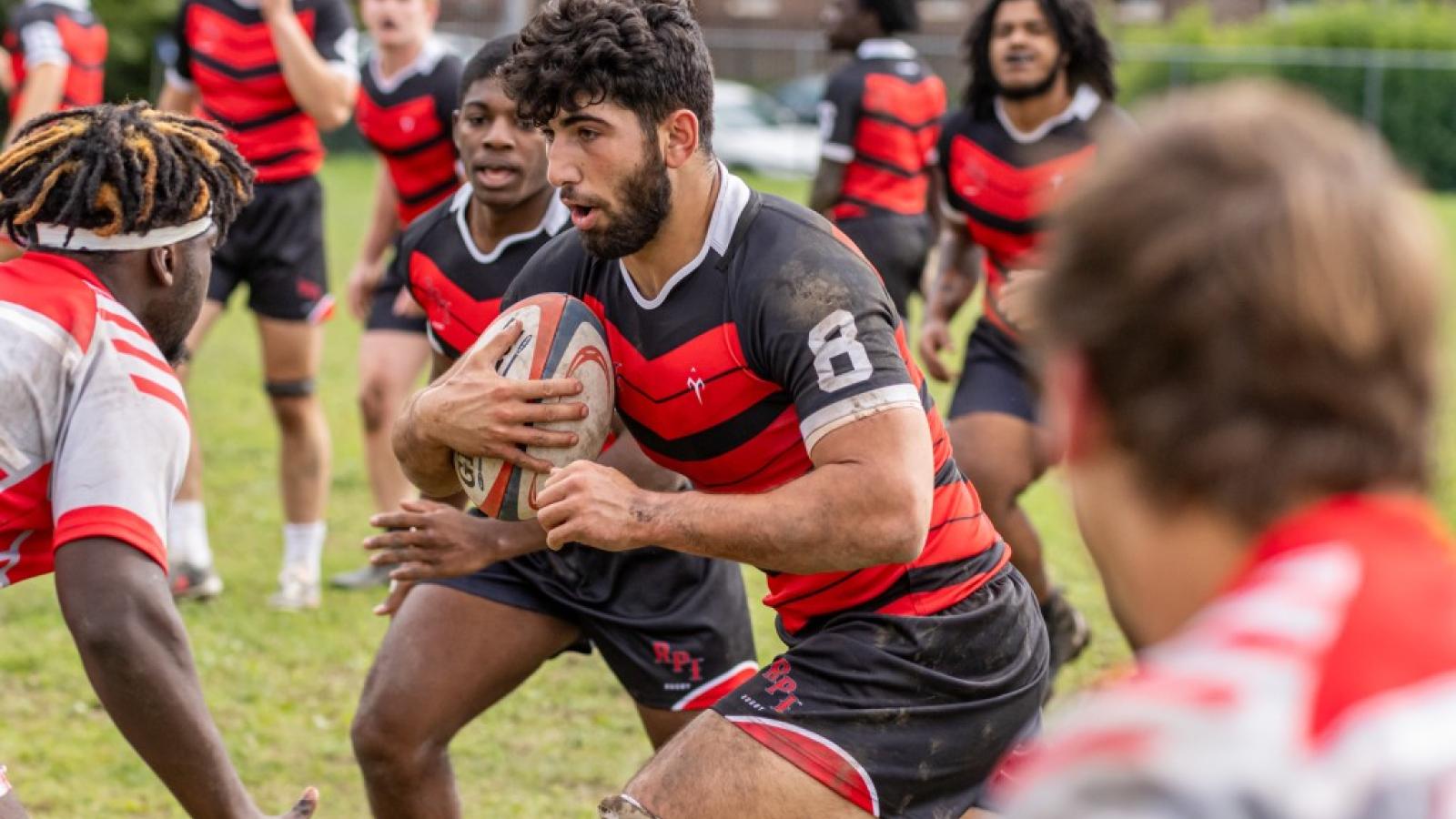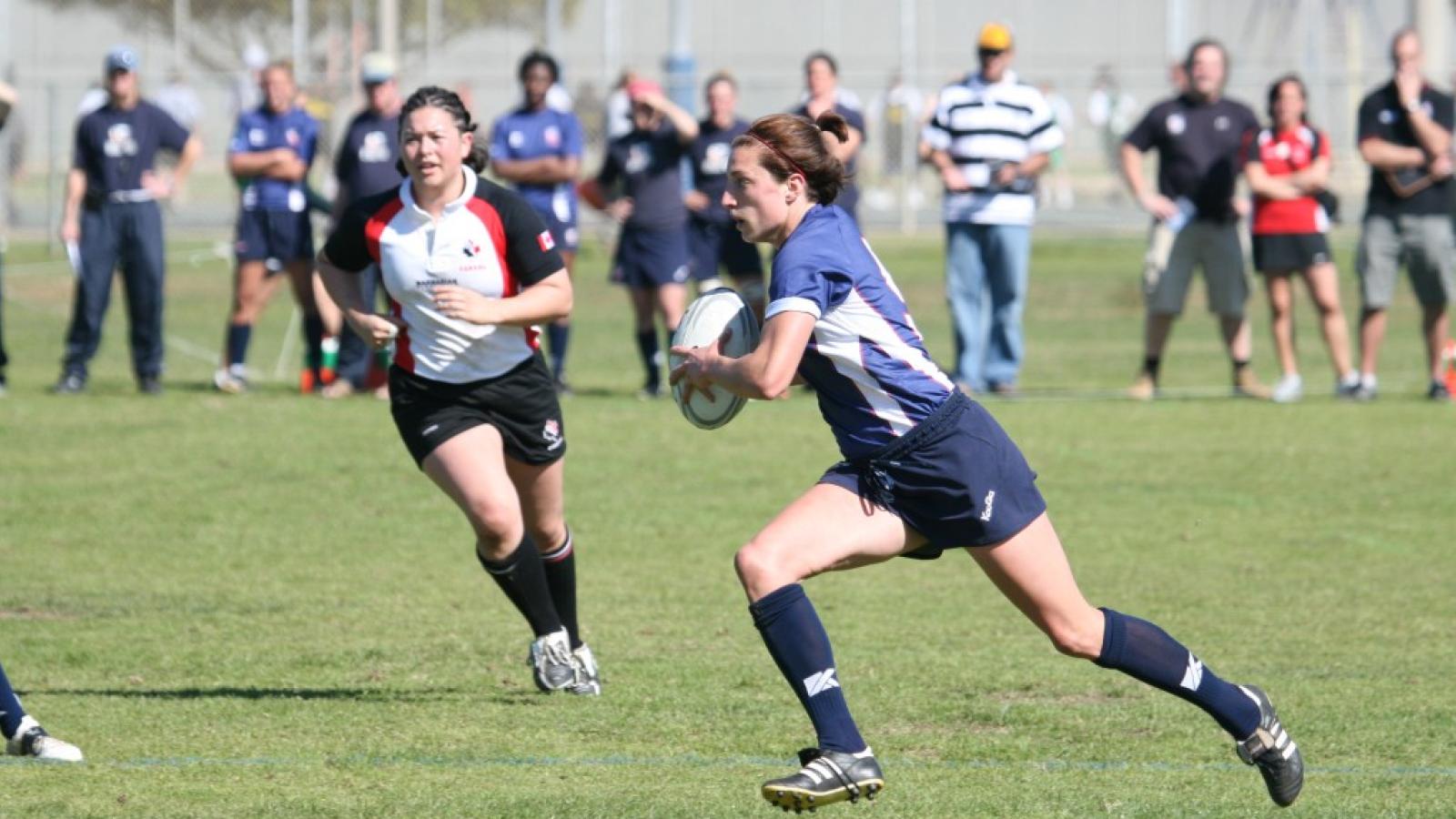The Connecticut girls high school league is an interesting one. The state has three active 15s teams, and thus, the coaches and players are all very familiar with each other. They’re also very supportive. Winning the state championship is a big deal – especially now that Simsbury and Cheshire have two apiece – but so is sustaining the health of all three clubs.
Last month, the state held a round-robin championship, and Cheshire defeated Simsbury 17-0 in the final for the trophy. It was a great ending for the seniors, which include founding members No. 8 Adaobi Okoro, who scored two tries, fellow try-scorer and fullback Jamiya Richardson (a Stars & Stripes vet), scrumhalf Morgan Hernandez, and flyhalf Laura Sanchez. They fueled a controlled, physical victory over Simsbury.
“Is there a rivalry? Sort of,” Cheshire coach Mike Hale said of the relationship with Simsbury. “We play each other a lot so it’s always a rivalry. We obviously want to win, but we do work together to grow rugby in Connecticut.”
“The cool thing, in my eyes, is that the girls from the three different programs are all very good friends,” Simsbury coach Denis Horrigan said. “They communicate all the time, and the three coaches are all very collegial. It’s a great environment. I’ll coach a Cheshire kid while they’re playing us – a wing is out of position, and I’ll tell her to fill this spot. It’s unique, but it’s what I think youth sports is all about.”
The head coaches from Cheshire, Simsbury, and Southington are coordinating on the selection of the Connecticut all-star team, which will scrimmage Massachusetts in advance of the Northeast Regional Cup Tournament in Amherst, Mass. The state has embraced 7s as well and in addition to summer play, Connecticut sent two teams to the New York 7s for the first time last year.
“I would love to have a three-tournament series for the summer, and we’re trying to get it going,” Horrigan said. “These girls are looking for more opportunities to play. Once they start and get a taste of the game, they love it and want to play year-round. And the parents are encouraging them, too.”
Cheshire has intensified its development by seeking out-of-state competition.
“We went to DII nationals the last two years,” Hale said. “It was an eye-opener, but it was great for the girls. You want to challenge yourself against those teams; otherwise, you get in a rut playing the same teams all of the time.”
Connecticut is well scouted by college coaches. Southington founder member is on rugby scholarship at Quinnipiac University; Simsbury’s Kalyn Denalsky will join Central Washington in the fall; and many alumni continue to play at the collegiate level. So with players earning rugby scholarships, and three programs enjoying healthy existences, why aren’t more girls teams forming?
“It’s frustrating,” Horrigan confessed. “There are 17 boys teams in the state and only three girls. It’s been a struggle. One of the challenges is that a contact sport like rugby – it’s just not something girls and their parents are clamoring to join. But there is also a lack of leadership in the girls game at the high school level. All three teams have male coaches. There is a planet of female rugby players and old girls; I wish they would help start a high school team.”
There is a new team forming in New Haven, and the New London area plays 7s, but there’s still potential for growth. Lucky for Connecticut, the state has three good role models that foundling teams can follow.
































